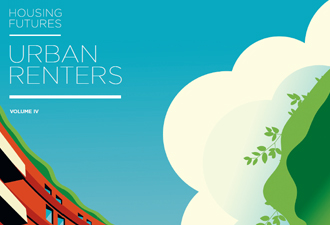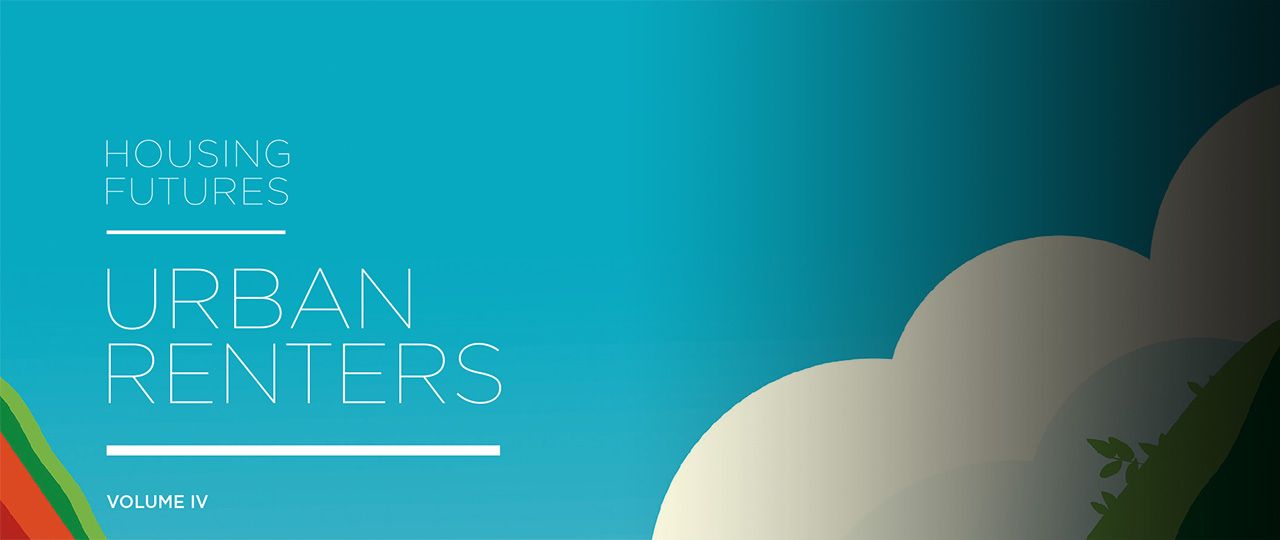We identified that we are not simply talking about Generation Rent, we are instead talking about Every Generation Rent, resulting in ten rental tribes:
- Bubble Gazers are renters who wish to time the property cycle just right before they buy. 21% of respondents believed opportunities for first-time buyers will improve over the next five years.
- Catchment Chasers are epitomised by Tiger Mums (and Dads), these are families who rent so their children can access the best schools. 25% of respondents said that thought they would rent a property so their children could go to a ‘good’ local school.
- Continental Drifters are comfortable with the concept of long-term renting, which is the norm in European countries like Germany and Switzerland. 62% of respondents agree that in 15 years’ time more people will rent homes than own them.
- Homing Pigeons tend to rent for a period of time before they boomerang back home to elsewhere in the UK, or farther afield. 30% of respondents said ‘London is a career move for me but in a few years’ time I’ll head home.’

- Nest Eggs are those in rental who view home ownership as the ultimate aspiration due to its investment status and perceived security. 45% said they should try to get on the housing ladder as quickly as possible.
- Uni-Leavers are a tribe of graduates who have recently left modern student accommodation and prefer to stay in a similar kind of rental structure, rather than moving into a shared house. 44% value renting for the lack of responsibility for repairs and maintenance.
- Urban Foxes prioritise location over everything else and will eschew space and comfort to attain it. 36% believe they need more space but are not ready to give up their city lifestyle.
- My-Spacers accept renting as their best housing option and have the income to pay a higher rent so they can be in the right location with the right lifestyle. 14% rent because they can live in a better home or cannot buy in their desired location.
- Globalistas are part of the international high-net-worth club that includes celebrities, athletes and socialites, living a transient lifestyle which means they may only live in the UK for a short period. 53% think renting gives them flexibility, especially if they have to move at short notice.
- Oyster Catchers are those that live in a town or city so that they don’t have to commute so far. 20% of respondents moved from their previous property to be closer to work.
While the requirements of each tribe do not vary dramatically when it comes to the specification of the accommodation they are seeking, they are clearly differentiated by their motivations for being in rented accommodation. We believe that all of these tribes have great potential to influence both the rental market and BTR product that will be delivered to the housing market in the next decade.
Taking inspiration from some of the established BTR markets around the world – including Hong Kong, Germany, Japan, Sweden and the US – we asked our respondents what it is that today’s renters need, want and aspire to. A well-run, high quality development will be especially sought-after, with 39% of renters looking for on-site management and 14% of renters seeking improved quality in their rental accommodation. Other key findings included:
- 55% anticipate living with at least one other person
- 73% cited storage as important, making it the most popular requirement
- 22% would like to have outdoor cooking facilities like a BBQ/pizza oven
- 29% put a library or quiet space as one of their requirements
- 13% mentioned a cinema room, demonstrating the growing importance of on-site facilities
Acknowledgement of these tribes will be important for developers/investors/operators to deliver the high-quality, well-maintained housing solutions in amenity-rich locations with good transport links that not only support the variety of occupants but offer flexible tenure to the market.
Please read the full report here.




